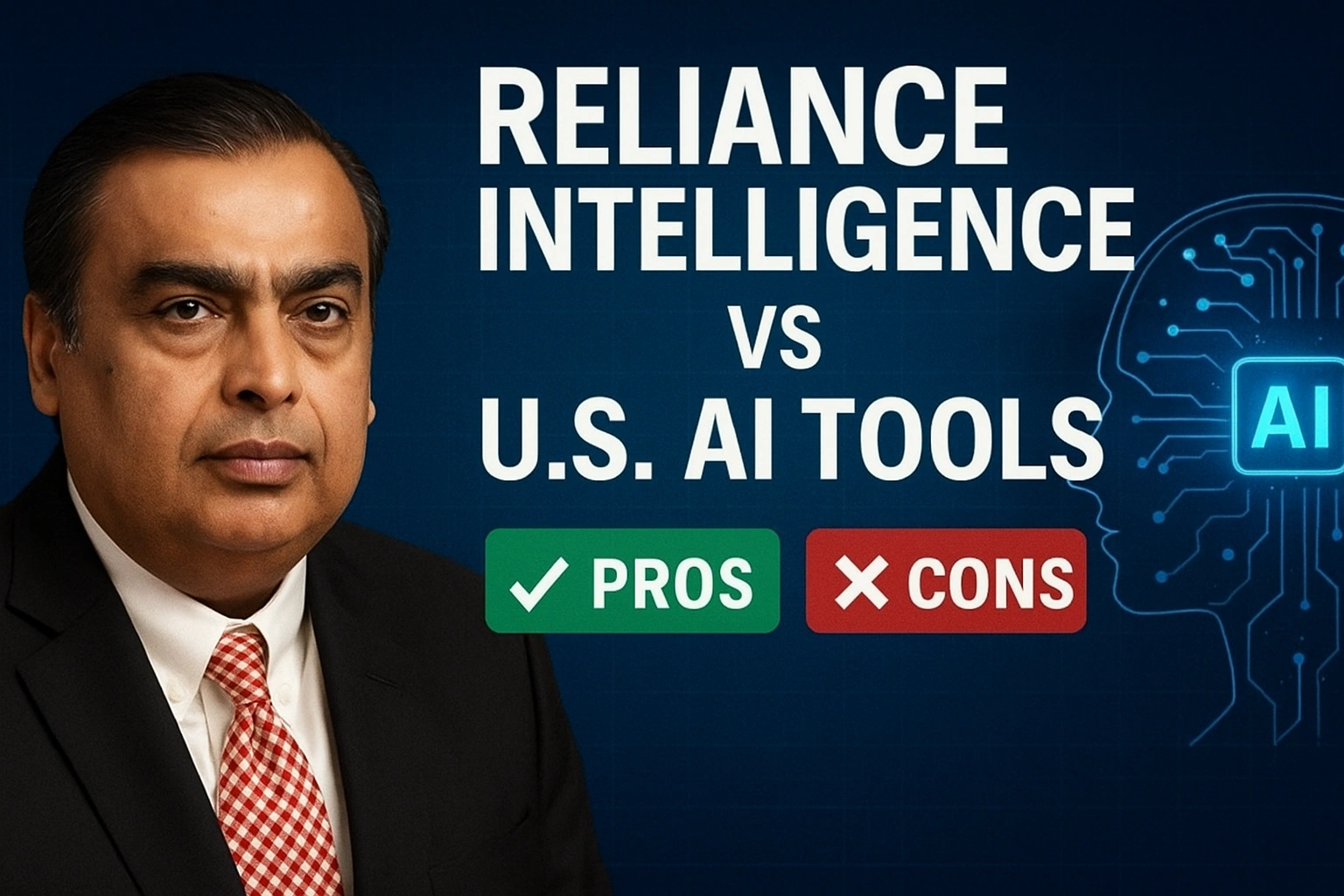
US Launches “Speed to Power” to Meet AI’s Rising Energy Demands
- September 19, 2025
- Top Search
- 9:53 am

Quick Overview
AI is driving U.S. power demand to record highs. The DOE’s “Speed to Power” plan fast-tracks grid projects, balancing reliability with climate goals.
Artificial intelligence is transforming industries and reshaping energy needs. Data centers, electric vehicles, and AI workloads are driving power demand higher than ever. For the first time in decades, the U.S. is experiencing a major surge in electricity use.
To address this challenge, the Department of Energy (DOE) has launched a new initiative called “Speed to Power.” It is designed to accelerate power generation and grid projects so the country can keep pace with AI’s rapid growth.
Why This Matters
AI models require massive computing power. As a result, electricity use is climbing sharply. The challenge is clear: the U.S. grid is aging, and many projects face long permitting delays. Without action, the nation risks blackouts and reliability issues.
In addition, delays in expanding transmission lines slow down renewable adoption. Meanwhile, older plants are set for retirement. This combination increases pressure on policymakers to act quickly.
What the Plan Includes
The DOE is asking utilities, grid operators, and developers for details on pending projects. This step will help the government identify which projects are ready for fast-tracking.
Furthermore, the agency plans to use funding programs and emergency powers to support new construction. Some coal and natural gas plants that were scheduled to close will remain active for now. This move ensures short-term grid stability, even though it conflicts with clean energy goals.
Trade-Offs and Concerns
Speeding up energy projects is critical. However, it comes with trade-offs:
Climate vs. reliability – Fossil fuel plants help avoid shortages but delay emission reductions.
Permitting vs. safety – Faster reviews could weaken environmental protections.
Costs vs. urgency – Consumers may bear higher bills as projects move forward.
In addition, critics argue that long-term solutions must focus on renewables and storage. Otherwise, temporary fixes may create new problems in the future.
Political and Regulatory Context
President Trump has declared an “energy emergency.” He argues that solar and wind are unreliable, therefore coal and gas must stay online for stability. His administration claims the Speed to Power plan is about national security and economic growth.
Meanwhile, the Federal Energy Regulatory Commission (FERC) is adopting new rules. These rules strengthen supply chains, protect the grid from extreme weather, and encourage faster development. Together, these actions mark a clear shift in U.S. energy strategy.
What to Watch Next
Going forward, observers will track several questions:
Which projects get approval first?
Will fossil fuel reliance grow or decline?
How will communities respond to faster permitting?
Can renewables still expand at a strong pace?
The answers will shape how the U.S. balances AI demand with climate commitments.
Conclusion
The Speed to Power initiative signals how seriously the U.S. views AI’s energy challenge. On one hand, it promises faster upgrades and reliable supply. On the other, it raises tough questions about sustainability and costs.
Ultimately, the U.S. must balance speed, reliability, and responsibility. Therefore, the next few years will determine whether America can power the AI era without sacrificing its climate goals.
FAQs
It’s a U.S. Department of Energy program designed to fast-track power generation and grid projects to meet the surge in electricity demand from AI and data centers.
AI models, data centers, and electric vehicles are driving record energy consumption for the first time in decades.
Some coal and natural gas plants scheduled for closure will remain open temporarily to ensure grid stability.
Critics worry that speeding up projects could weaken environmental protections and delay climate goals.
The initiative could help clear transmission bottlenecks, but reliance on fossil fuels may compete with renewable expansion.

Recent Posts:


Nvidia’s Rubin CPX Chip (2025–26): Powering the Next Era of AI Video & Software Generation


